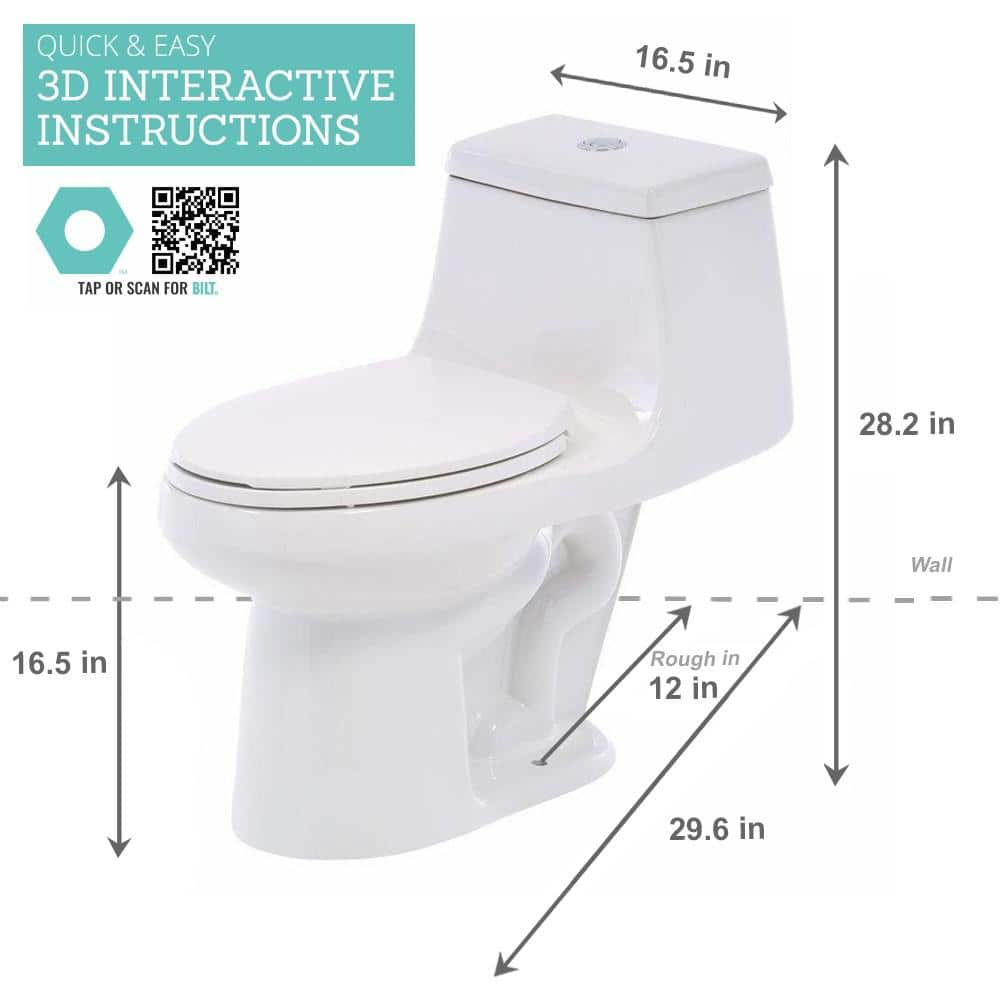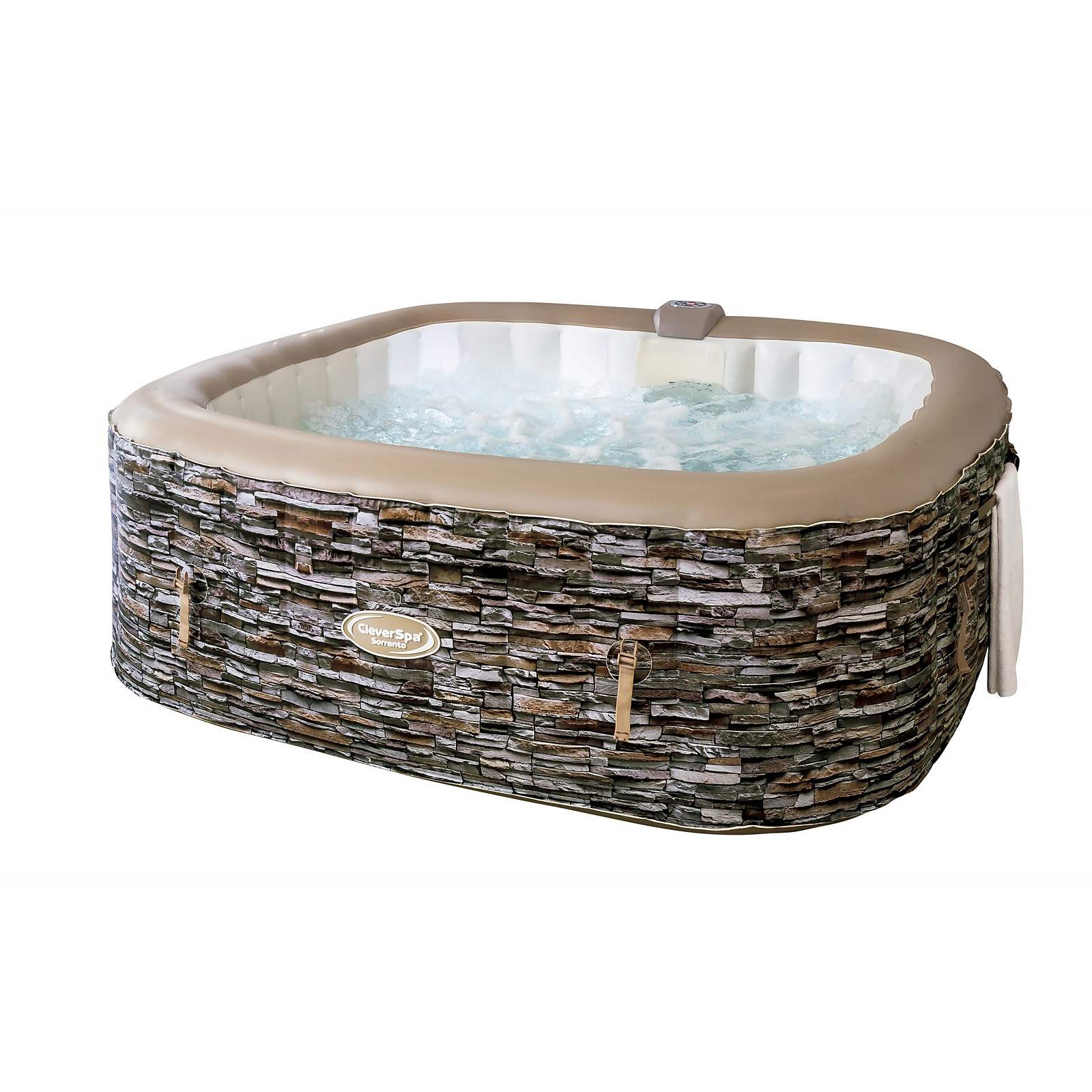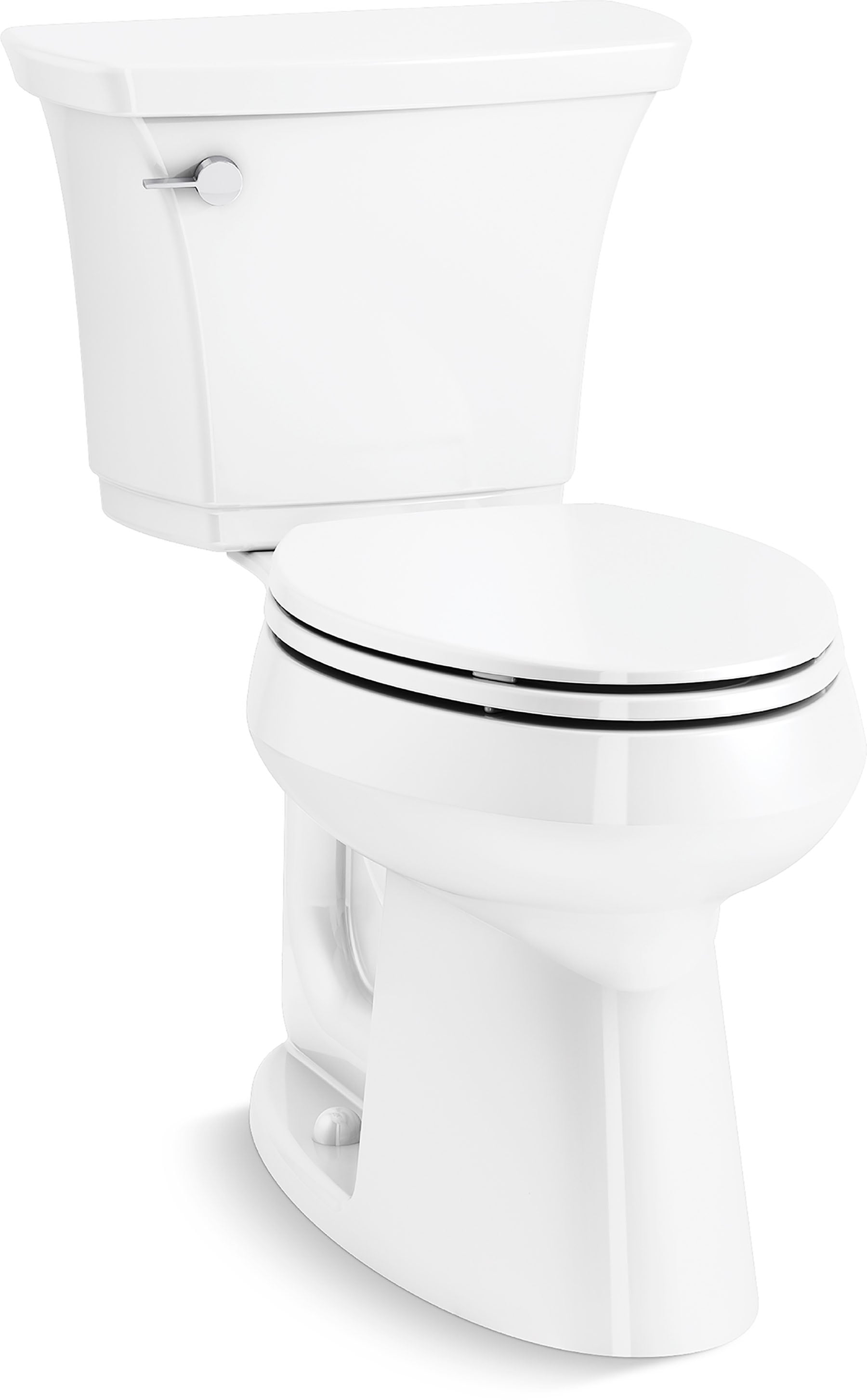Glacier Bay McClure 1-piece 1.1 GPF/1.6 GPF High Efficiency Dual Flush Elongated Toilet in White with Slow-Close Seat Included
Delivers powerful, superior performance with two flush options. Update your bathroom with sleek curves and an elongated bowl. Conserves water and lowers utility bills. Seat slowly closes.
This white one-piece toilet by Glacier Bay occupies minimal space while offering the spaciousness of an elongated bowl. This high-efficiency unit delivers 1.1 GPF for liquid flushes and 1.6 for full flushes, both options easily located at the top-mounted push button. This toilet features integrated tank-to-bowl construction for easy cleaning and its soft lines and sleek curves create an elegant design. While conserving water so you can save on your utility bills, this vitreous china-construction toilet is crack-resistant and includes all necessary installation hardware and a slow-close seat.
- Low-volume 1.1 GPF flush meets EPA’s WaterSense criteria for superb water conservation, equating to more than 20% less fluid per flush
- Dual-flush option allows users to select 1.1 GPF for liquids or 1.6 GPF for solids
- Includes white tank cover, elongated slow-close seat with lid, chrome-plated trip levers, wax seal and all hardware necessary for installation
- Constructed with white vitreous China, which resists fading, cracking and abrasions
- 16.5 in. bowl height for superior comfort
- 1-piece design is compact and easy to clean
- Toilet water supply line sold separately
- Toilet weighs 80.7 lbs.
- Lifetime limited warranty
- WaterSense
Additional information
| Dimensions | H 28.8 in, W 16.5 in, D 29.6 in |
|---|---|
| Bowl Height without Seat (in.) | 16.5 |
| Flush Valve Size (in.) | 3 |
| Certifications and Listings | IAPMO Certified |
| Manufacturer Warranty | Limited Lifetime Warranty |






by Bella
we bought and installed the first one because we had to, and then we went and looked at the toilet and the other bathroom we realized it just wasn’t good enough anymore. the toilet itself gave us no challenges whatsoever to install. we had a bit of an issue with the way the plumbing in our house had been set up back when it was built, but we worked around that. the second one after having done the first one was a snap. love the height, love the elongated bowl, and love this one piece low profile design. someone mentioned in their review that the seat was not slow closing even though it had been advertised that way. Ours are indeed the gentle close. Highly recommend!
by Adam
we bought and installed the first one because we had to, and then we went and looked at the toilet and the other bathroom we realized it just wasn’t good enough anymore. the toilet itself gave us no challenges whatsoever to install. we had a bit of an issue with the way the plumbing in our house had been set up back when it was built, but we worked around that. the second one after having done the first one was a snap. love the height, love the elongated bowl, and love this one piece low profile design. someone mentioned in their review that the seat was not slow closing even though it had been advertised that way. Ours are indeed the gentle close. Highly recommend!
by Hudge
I Like everything about this toilet except it refills too slowly.
by Miles
First one arrived broken. I had to take it back and exchange it for another unit. The second unit was fine.